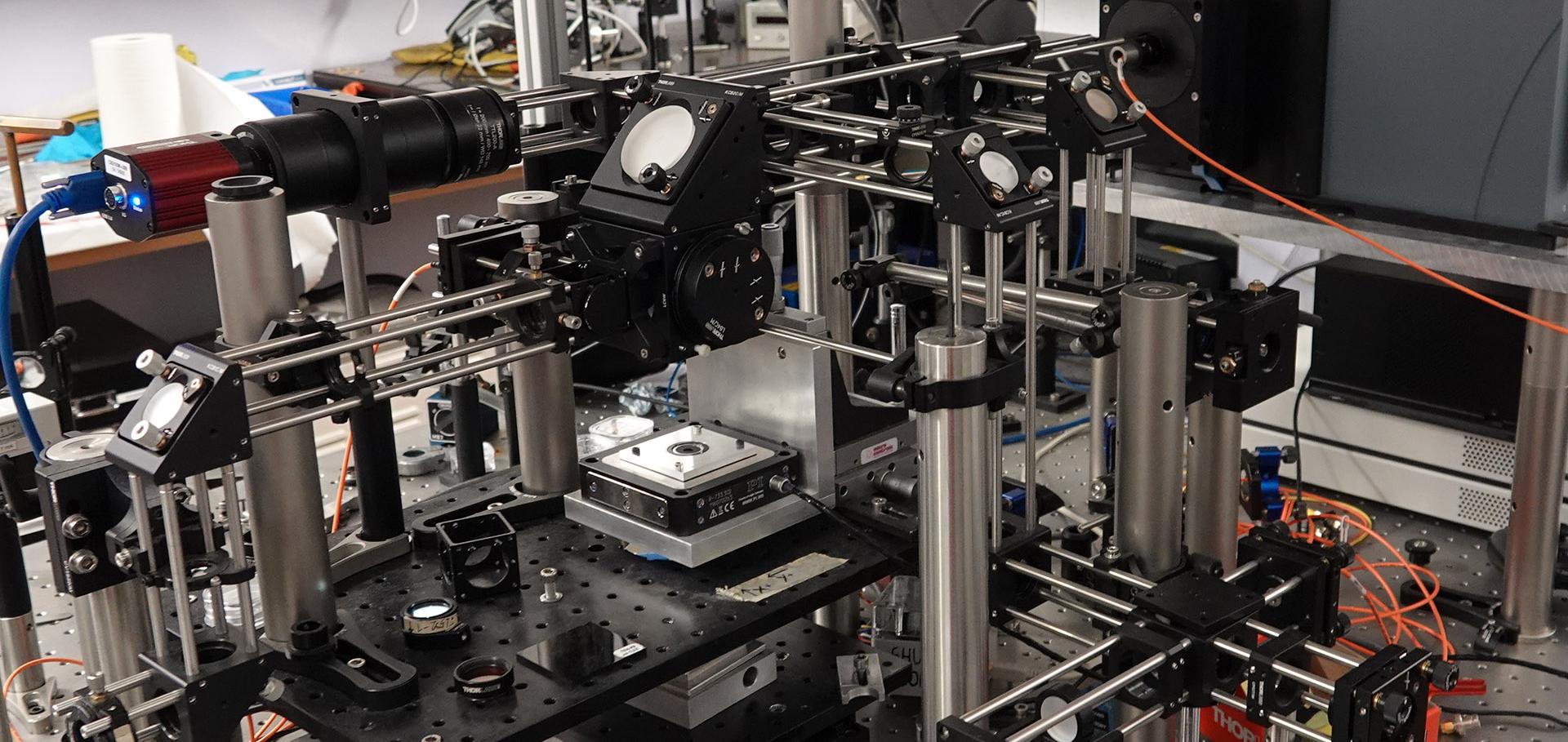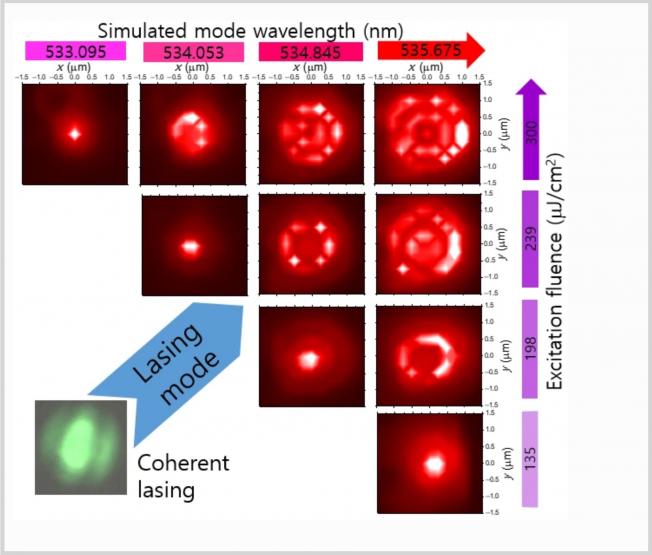Optical studies on a single GaN nanocolumn containing a single In x Ga1-x N quantum disk
Applied Physics Letters 98:25 (2011)
Abstract:
Microphotoluminescence studies were carried out on a single GaN nanocolumn containing a single InGaN quantum disk (QDisk) that had been removed from its growth substrate and dispersed onto a patterned grid. An analysis of the dynamics of the carriers in the nanocolumn is presented. Suppression of the GaN luminescence from the area of the column in the vicinity of the InGaN QDisk in addition to a delayed emission from the QDisk relative to the GaN is observed. Time resolved spatial maps of the luminescence intensity from the column are also presented, illustrating the evolution of the carrier density in the system. © 2011 American Institute of Physics.Non-equilibrium carrier dynamics and many body effects in highly excited GaN
Physica Status Solidi (A) Applications and Materials Science 208:5 (2011) 1159-1165
Abstract:
Ultrafast non-equilibrium carrier dynamics and many body effects have been investigated in GaN beyond the Mott density. The transient (∼1 ps) induced absorption was observed near the band edge due to band gap renormalisation; collision broadening and temporal evolution of the mean carrier energy were also obtained experimentally. The development of the longitudinal optical (LO)-phonon induced non-thermal electron distribution observed in the pump-probe at early times (≤1 ps) was in excellent agreement with a Monte-Carlo simulation, where the mean carrier energy loss rate of screened carrier-phonon interactions was found to be further reduced due to the hot phonon effect. Schematic diagram of non-equilibrium carrier dynamics. © 2011 WILEY-VCH Verlag GmbH & Co. KGaA, Weinheim.InGaN super-lattice growth for fabrication of quantum dot containing microdisks
Journal of Crystal Growth Elsevier 321:1 (2011) 113-119
Carrier dynamics of Inx Ga1-x N quantum disks embedded in GaN nanocolumns
Journal of Applied Physics 109:6 (2011)
Abstract:
Time-integrated and time-resolved microphotoluminescence studies have been performed on In x Ga 1 - x N quantum disks at the tips of GaN nanocolumns. The results are analyzed in the context of current theories regarding an inhomogeneous strain distribution in the disk which is theorized to generate lateral charge separation in the disks by strain induced band bending, an inhomogeneous polarization field distribution, and Fermi surface pinning. It is concluded that no lateral separation of carriers occurs in the quantum disks under investigation. Internal field screening by an increased carrier density in the QDisks at higher excitation densities is observed via a blue-shift of the emission and a dynamically changing decay time. Other possible explanations for these effects are discussed and discounted. Cathodoluminescence studies have also been carried out on the nanocolumns to provide insight into the physical origin of the luminescence. © 2011 American Institute of Physics.High Q photonic crystal cavities with tapered air holes
Proceedings of SPIE--the International Society for Optical Engineering SPIE, the international society for optics and photonics 7933 (2011) 79331w-79331w-10



